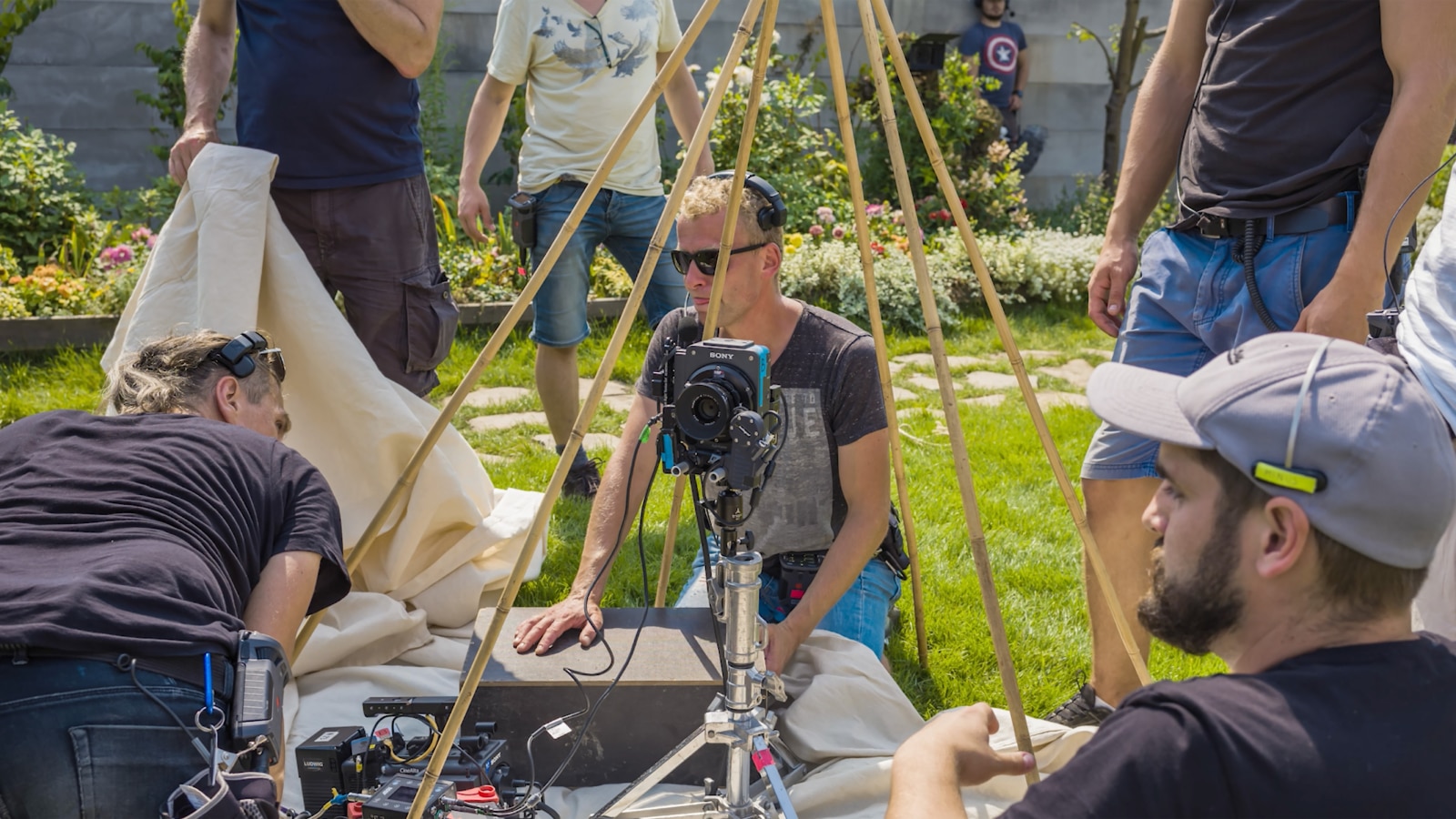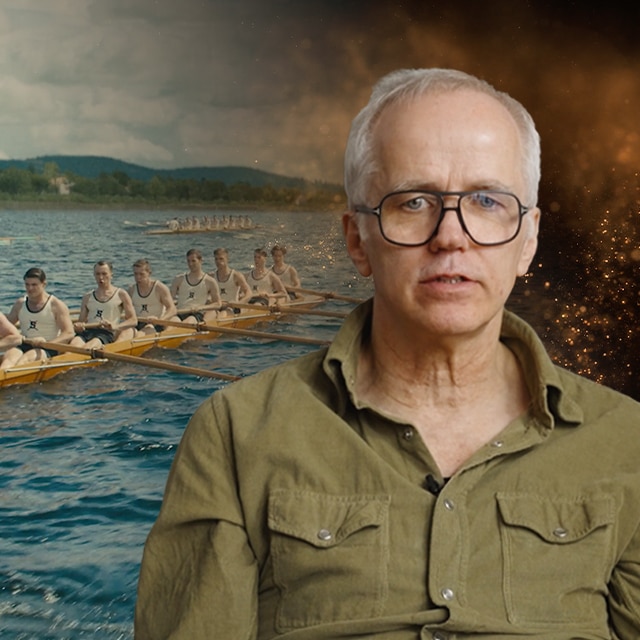Inside “The Zone of Interest” with Sony VENICE
Behind the scenes with DoP Łukasz Żal and DiT Krzysztof Włodarczyk.

Introduction
Winner of the 2023 Cannes Grand Prix award and an Academy Award for Best International Feature, The Zone of Interest is loosely based on a novel by Martin Amis. It follows a German family living in occupied Poland during WWII. Hedwig is the mother of five children and carries on with her life, blissfully unaware of the horrors of the nearby Auschwitz concentration camp. Her husband is Rudolf Höss, the camp commandant, who is deeply involved in the horrors of “the final solution.”
Director Jonathan Glazer began development of the film in 2014 and conducted extensive research before the shoot began in 2021. The film was shot with an observational style using ten Sony VENICE cameras.
Oscar-nominated and ASC award-winning Polish cinematographer Łukasz Żal, PSC, together with DiT Krzysztof Włodarczyk, take us behind the scenes of this emotionally charged film.
Director Jonathan Glazer (left) with Director of Photography Łukasz Żal, PSC.
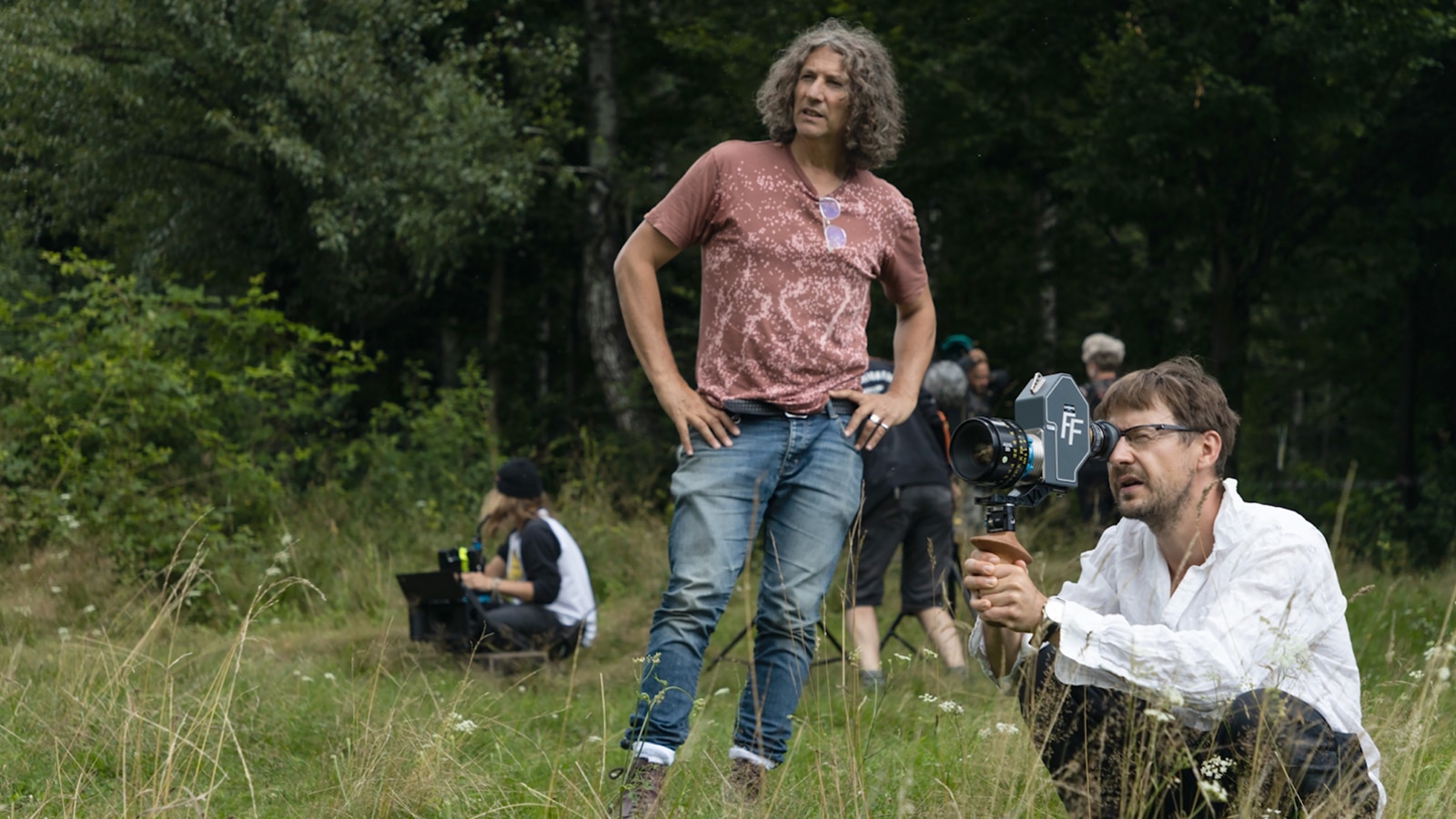
Realism
Director of Photography Żal says that the film was approached in a realistic manner, to show the situation in a natural way without glamorizing the story. He felt it would be inappropriate to use traditional, tightly controlled, beautiful, soft lighting. This would detract from the naturalistic, observational style.
To help achieve this neutral look, the composition was kept simple, there were no flats, no reflectors, no fill lights, only natural light.

“I needed to forget about everything,” Żal says. “We were shooting with front light, shooting at noon, we were shooting with just one practical.”
Unlike films where many practical lights are used to creatively light a scene, Łukasz prefers to use just a single practical light, perhaps just a single naked bulb, as this was more representative of the real world.
Creating an observational look
Director Glazer had suggested that it should feel like an observational film, perhaps like Big Brother in a Nazi house.
To help achieve this feel, the scenes were shot with several cameras and wider shots were often used to allow the action to develop naturally within the frame. A priority was to keep the camera builds small and simple so that they could be hidden within the scene and then remotely controlled.
“They wanted to shoot it with multiple cameras,” Krzysztof says. “We had to think about how we could put all of those cameras inside a house. They were supposed to be working without crew members next to them.”
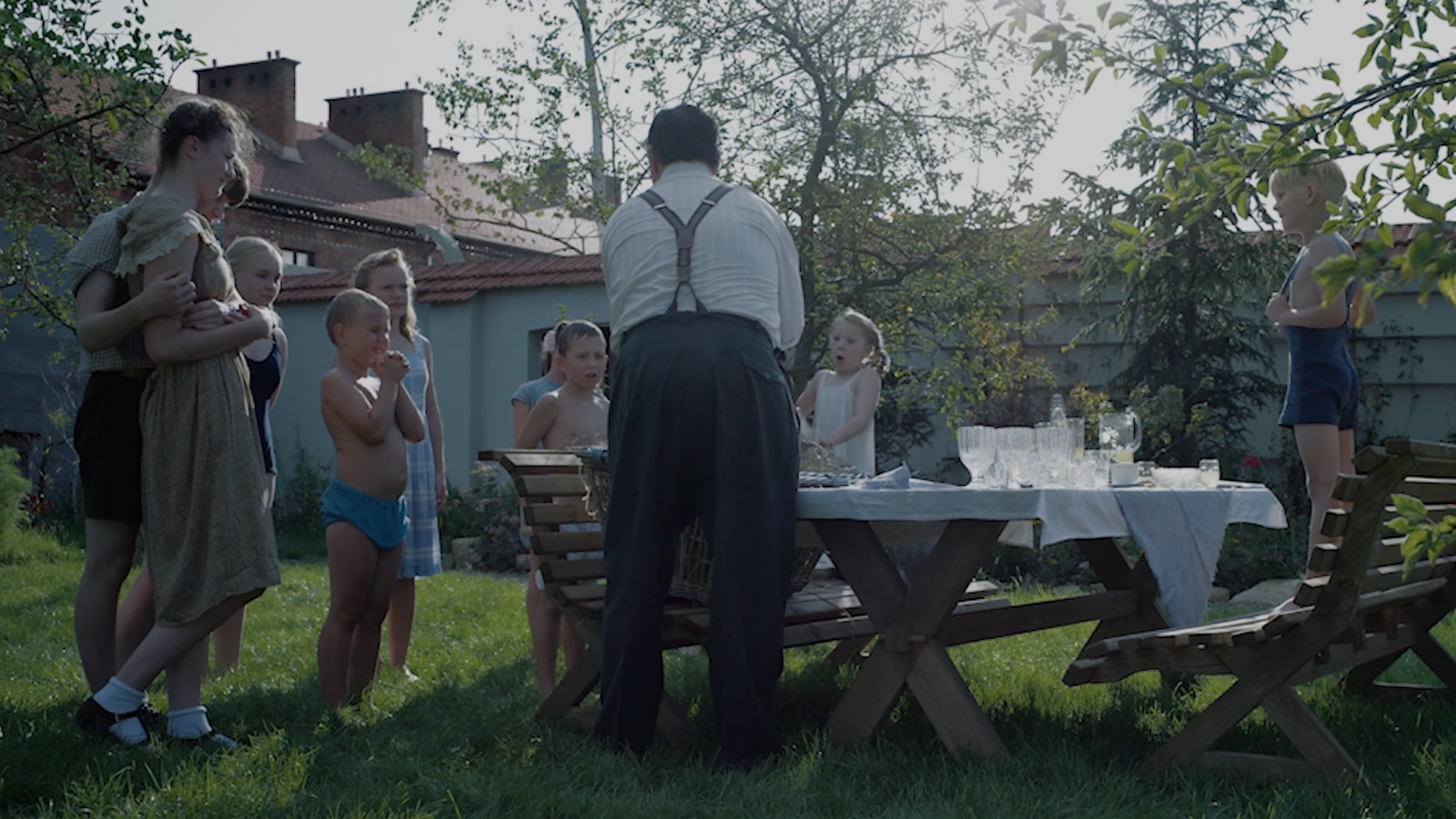
We chose Sony VENICE… [with Extension System] because this was the smallest possible camera with just a lens and a follow focus
Łukasz Żal, PSC
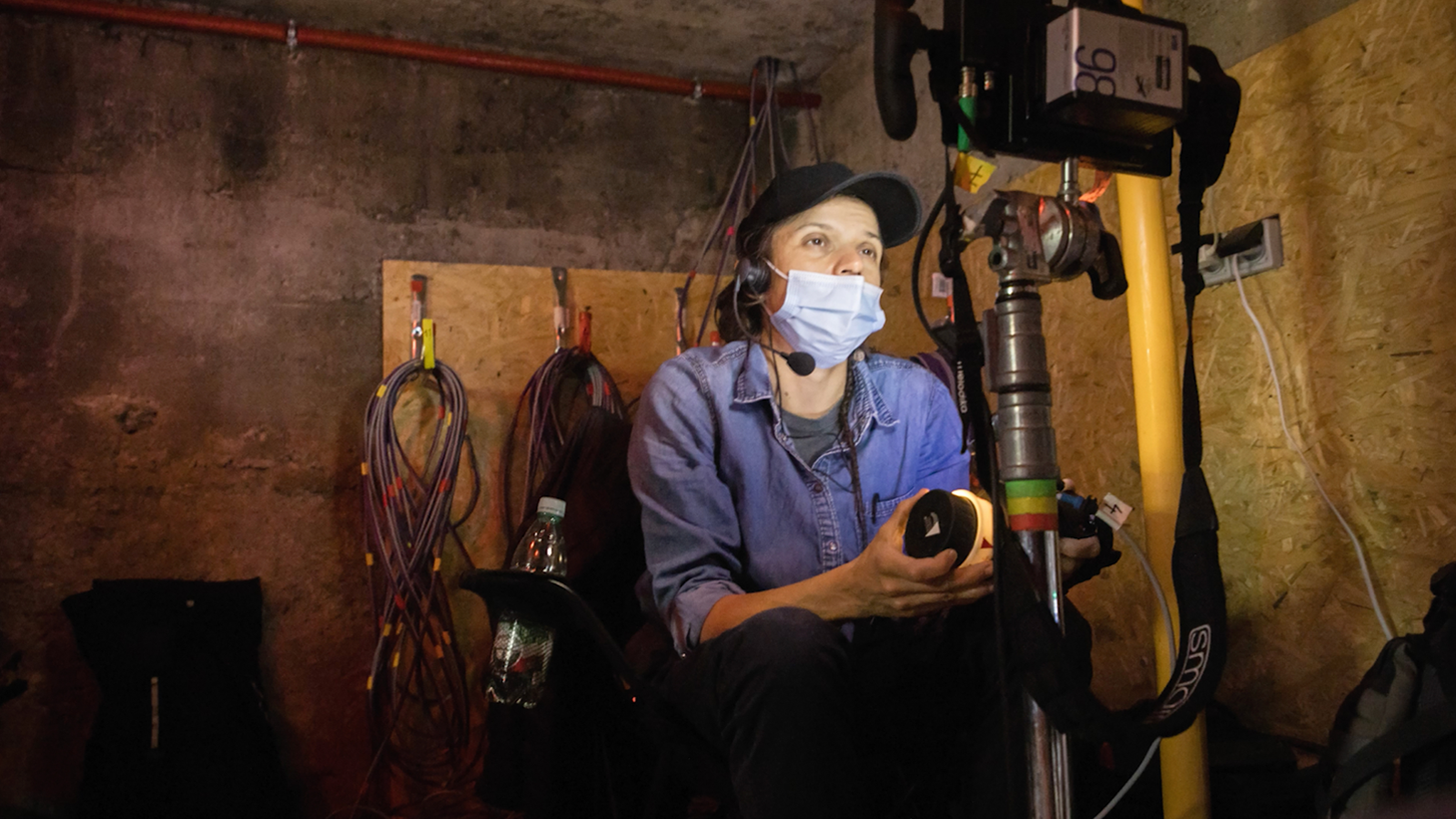
Comparing Codecs
Due to the way the scenes were shot as a single, multi-camera take, there was a need to run without cutting for extended periods; with several cameras running sometimes for 15 minutes or more, data management could have become a problem. But the Sony VENICE cameras made this easy. The 16-bit X-OCN codec has 3 different quality levels, X-OCN XT, ST and LT. After extensive testing, it was decided to use the highly efficient LT version as no visible difference could be seen between this and the larger ST or XT versions, yet the data savings were significant.
Due to not using additional lights or reflectors, the lighting would often be more challenging than normal. The dual base ISOs of 800 and 2500 allowed them to shoot across a very wide range of brightness levels and the high dynamic range allowed the camera to deal well with backlit or high-contrast scenes.
It [Sony VENICE] has a really great dynamic range and great ISO range…. …I was shocked that this dynamic range is so high, you know, basically you don’t need to use lights and it works.
Łukasz Żal
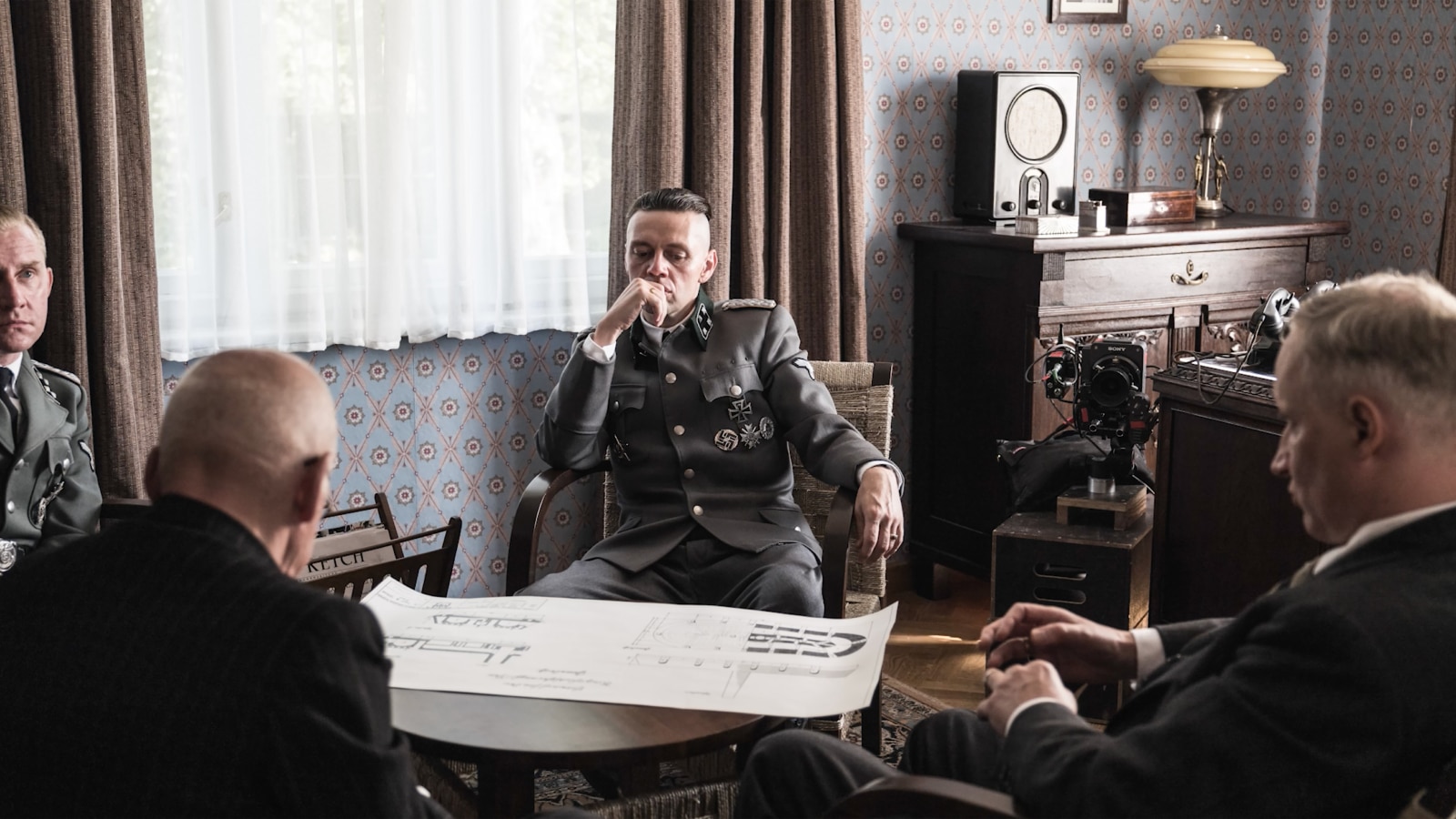
The film was shot using Leitz lenses to achieve a neutral look. It was felt that it wouldn’t be appropriate to use a vintage lens or any other lens that had a unique look.
“One film is in the image,” Łukasz Żal observes, “one film is in the sound.”
A key goal of director Jonathan Glazer was not to judge the characters in the film. The script, wide compositions and simple lighting allow viewers to witness the story without the film making a judgement, the film acting as a scaffold in the imagination of the audience.
